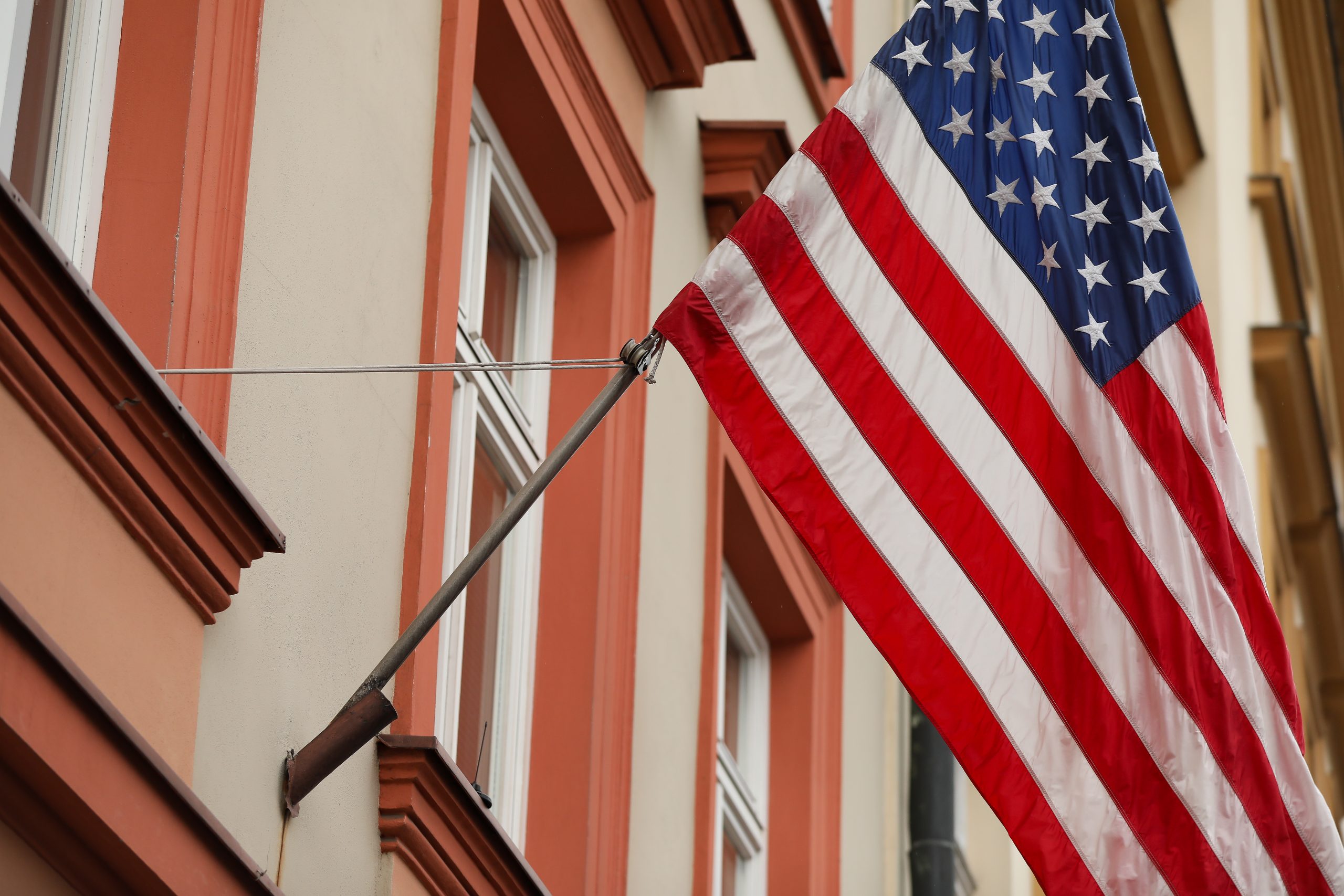The Great Divide: How Brands Became Battlegrounds in US Politics
In today’s America, the political chasm runs deeper than policy debates. It’s seeped into our closets, our refrigerators, and even our footwear. From the jeans we wear to the beer we drink, brands are increasingly becoming proxies for political ideologies, turning everyday choices into statements of allegiance in a deeply polarized nation.
From Apathy to Advocacy: The Politicization of Consumption
It wasn’t always this way. As recently as the 1950s, a sense of political calm permeated American society. So much so, that the American Political Science Association even urged the two major parties to highlight their differences, believing voters deserved a “true choice.” Barry Goldwater’s 1964 presidential campaign, centered on offering “a choice, not an echo,” was soundly rejected, suggesting Americans weren’t yearning for stark ideological divides. What has shifted since then?
Now, seemingly innocuous consumer choices are laden with political meaning. Levi Strauss jeans are perceived as liberal, while Wrangler caters to a conservative demographic. Prefer Heineken? You might be signaling a left-leaning sensibility, while Coors drinkers may be seen as more right-leaning. Birkenstocks versus cowboy boots? The footwear on your feet, too, can become a political signifier. Even the MAGA movement has become associated with specific cultural touchstones like Kid Rock and steak dinners.
The Perils of Partisan Branding
This increasing “coding” of products and brands as either “left” or “right” has potentially dangerous consequences. In an era where acceptance of political violence is on the rise, and violent political attacks are becoming more frequent, as evidenced by the recent Charlie Kirk assassination attempt, the stakes are high. When even our consumer choices become political battlegrounds, the lines between civil disagreement and hostile confrontation blur.
The rise of partisan branding reflects – and perhaps exacerbates – a deeper societal trend: the increasing alignment of identity with political affiliation. This creates echo chambers where individuals are primarily exposed to viewpoints that reinforce their existing beliefs, further solidifying divisions and making constructive dialogue more difficult. This trend carries significant implications for businesses, requiring them to navigate an increasingly fraught landscape where staying neutral can be seen as taking a side.
Navigating a Divided Landscape
While some brands may deliberately court specific political demographics, the broader trend of politicized consumption poses challenges for businesses seeking to appeal to a wide audience. The key to success may lie in focusing on core values that transcend political divides, such as quality, community, and innovation. By emphasizing shared values rather than taking sides in the culture war, brands can build stronger connections with consumers from all walks of life and help bridge the growing political chasm.
Ultimately, the politicization of consumption reflects a society grappling with deep divisions. Reversing this trend will require a concerted effort to foster empathy, understanding, and civil discourse – not just in the political arena, but also in our everyday interactions as consumers and citizens.
Based on materials: Vox





